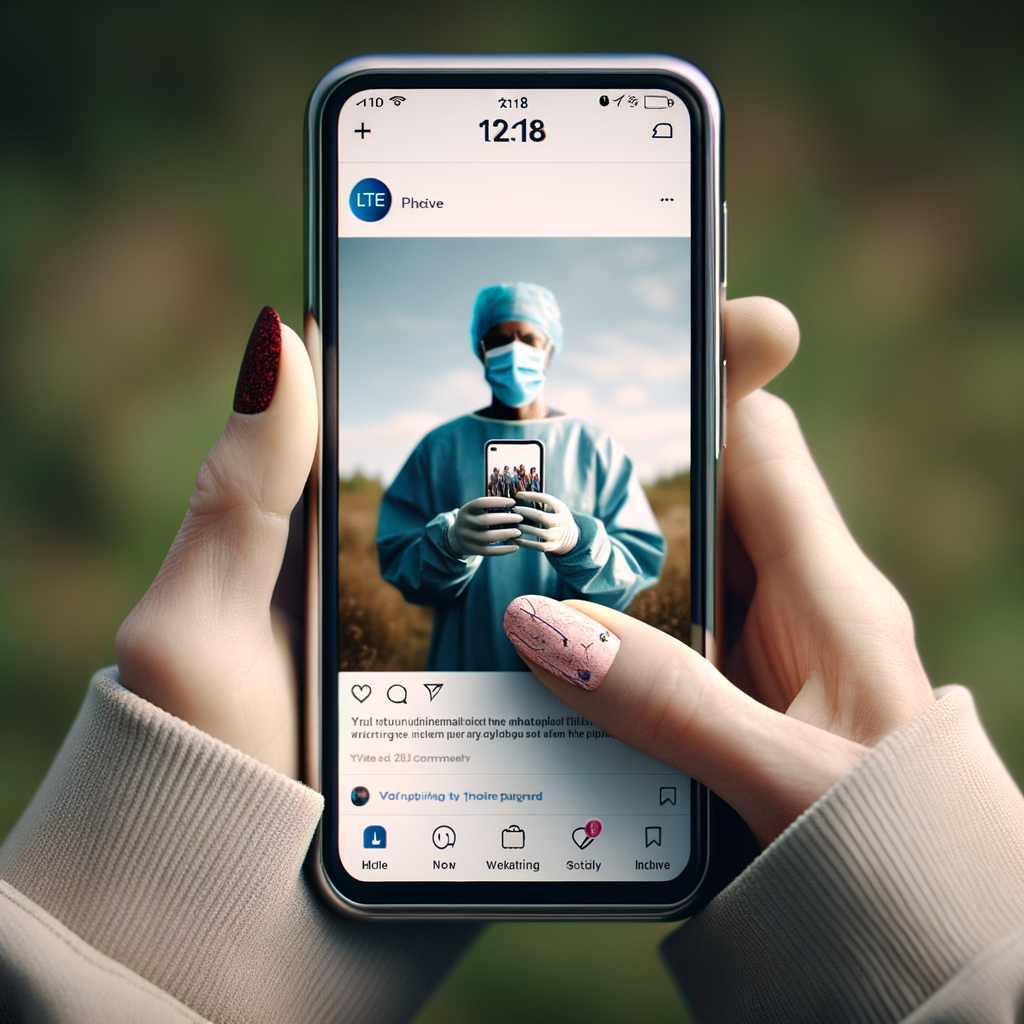Exploring the Frontiers of Healing with 3D-Printed Skin
In an era where technology profoundly intersects with health, a new milestone has been achieved that seems straight out of science fiction—3D-printed skin that not only heals wounds but also contains hair follicle precursors. This advancement in bioprinting technology promises a revolutionary approach to reconstructive surgeries and wound healing.
The Genesis of 3D-Printed Living Skin
At the Heart of this breakthrough is the use of fat tissue as a key element in creating layered living skin. Imagine the possibility of precisely correcting injuries by harnessing fat cells and supporting structures from human tissue. This innovation stems from an exhaustive collaboration that adeptly utilized bioprinting technology to intraoperatively print multiple skin layers during surgery. Such an approach enables immediate and seamless skin repair, heralding a new dawn in medical science.
From Concept to Clinical Application
Developed through a collaborative effort led by expert researchers, this bioprinting technology leapfrogs over existing methods by achieving a full, living system of skin layers. This includes the hypodermis layer, which is vital for wound healing and facilitating hair growth. The strategic use of bioink components, derived from human adipose tissue, enables this meticulous process, allowing for the precise development of both the hypodermis and dermis layers. The advent of such technology not only augurs well for skin repair but also opens avenues in hair transplant and reconstruction domains.
The Impact on Reconstructive Surgery and Beyond
The application of 3D-printed skin holds boundless potential. For individuals suffering from severe injuries or conditions resulting in significant skin damage, this technology offers a beacon of hope. It paves the way for more natural-looking and aesthetically pleasing reconstructions, significantly enhancing the quality of life for patients. Furthermore, the possibility of generating hair on previously barren sites could bring immense psychological and physical relief.
Beyond skin reconstruction, this technology’s precision and adaptability mean it could play a critical role in dermatology, plastic surgery, and even in the quest for treating hair loss conditions. By addressing the challenges of pigmentation and hair growth directionality, 3D-printed skin could deliver outcomes previously deemed unattainable.
Looking Towards the Future
The journey of 3D-printed skin from research labs to operating rooms symbolizes the boundless possibilities of human ingenuity in solving complex medical challenges. As researchers continue to refine and expand the applications of this technology, we stand on the brink of a medical revolution—one where wounds heal with the precision of nature, and the boundaries between natural and synthetic blur in service of healing.
In conclusion, the development of 3D-printed skin featuring hair follicle precursors not only underscores the strides being made in bioprinting and 3D printing but also illuminates a hopeful path forward in the realms of wound healing and reconstructive surgery. As this technology continues to evolve, it promises to reshape our approach to medical care, offering solutions that were once the realm of the imagination.







